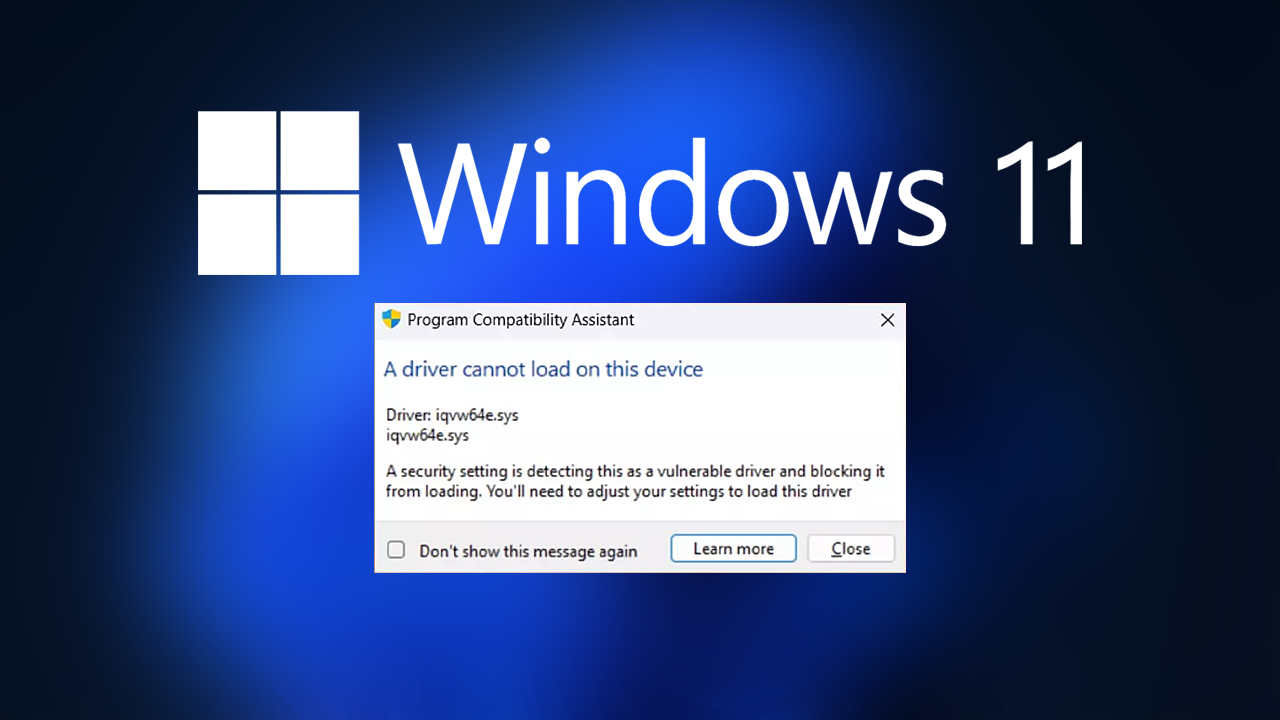Data virtualization technology has been rapidly growing in popularity due to its ability to provide faster, easier, and more reliable access to data across the enterprise. Data virtualization is a technique that allows organizations to access and use data without having to store it physically. This can be a great way to save time and money, but it’s important to understand how it works before you decide if it’s right for your organization. Keep reading to learn more about data virtualization solutions.
How does data virtualization work?
Data virtualization is a process that integrates multiple data sources into a single logical view, regardless of where the data is physically located. This allows users to get the information they need quickly and easily, without going through multiple layers of bureaucracy or dealing with complex IT procedures.
Several components make up data virtualization technology. The first is a metadata server, which stores information about all the data sources that have been integrated into the system. This includes details such as where each source is located, how it’s formatted, and what fields are included. The metadata server also keeps track of any changes made to the data sources so that the logical view can be updated accordingly.
Another essential component of data virtualization technology is the adapter layer. This layer translates user requests into specific queries that can be run against the various data sources. It also formats the results from these queries so that they can be displayed in a user-friendly way. The adapter layer allows users to work with data from different sources as if it were all coming from a single source.
Finally, there is the integration layer, which handles all communication between the different parts of the system. It ensures that queries are sent to the correct adapters, and that results are properly routed back to users. The integration layer also manages and caches load balancing so that resources are used efficiently, and performance is optimized overall.
What is a service bus?
A service bus in virtualization is a messaging infrastructure that enables applications to communicate with each other asynchronously. It allows applications to send and receive messages, regardless of whether they are on the same network or continent. This makes it possible for different parts of an organization to develop and deploy their applications without coordinating their efforts.
The service bus is the foundation of data virtualization platforms. It enables you to create a virtual data layer that aggregates data from multiple data sources, regardless of structure. The service bus also allows you to publish data services, which can be consumed by any application that needs access to the data.
A service bus typically consists of three components: a broker, queues, and topics. The broker is responsible for managing the messages that are sent between applications. Queues provide a way for messages to be temporarily stored while waiting for an application to become available. Topics provide a way for multiple applications to receive messages simultaneously.
What are the key benefits of data virtualization?
Data virtualization consolidation can be done in real-time, as the data is accessed, or it can be done on a scheduled basis. Data virtualization also allows for creating composite views of the consolidated data, which business analysts and other users can then use to support their decision-making processes.
Several key benefits can be realized through the use of data virtualization technology. Perhaps the most obvious benefit is that it can help organizations reduce the time and effort needed to access information from multiple disparate sources. By consolidating this information into a single logical data store, users no longer need to waste time navigating through multiple different systems to find what they are looking for. Data virtualization can also help organizations improve the quality and accuracy of their decision-making processes by providing them with a more holistic view of their business operations. Virtualization can help organizations reduce costs by eliminating the need to maintain separate systems for each source of data. Data virtualization can improve business agility by making combining data from different sources easier, speeding up time-to-insight, and improving decision-making. It also enhances IT efficiency by simplifying data infrastructure management and eliminating the need for multiple copies of data.
What are the key components of data virtualization?
Data virtualization allows data from disparate sources to be combined and accessed. Key components of data virtualization include:
- Data integration: Combining data from multiple sources into a single view.
- Data federation: The ability to access data from distributed sources as if it were all located in one place.
- Data abstraction: The ability to hide the complexities of the underlying source systems so that users see only what they need to see.
What is a data virtualization solution?

A data virtualization solution is a software platform that enables businesses to consolidate disparate data sources into a single view for reporting and analysis, improving performance and scalability. Virtualization solutions give companies a single point of access to all their data, regardless of its location. This can include data stored on-premises, in the cloud, or hybrid environments.
A virtualization solution creates a virtual data layer that sits on top of the physical data sources and abstracts the data from the physical sources, making it easier for businesses to access and use. This abstraction also allows companies to combine data from different data stores into a single view, even if the data stores are located in different environments.
Data virtualization solution is often used with business intelligence (BI) tools. Business intelligence tools allow businesses to perform data analysis and report on the consolidated data. This can help companies to get a better understanding of their data and make more informed decisions.
One of the benefits of using a data virtualization solution is that it allows businesses to combine legacy systems with newer systems. This can be done without having to write complex integration code or worrying about how different systems will interact. Data virtualization also makes it easier for businesses to move their operations to new locations since all their data will be accessible from any location with an internet connection.
Data virtualization is an important process that helps to simplify data management. By reducing the number of components involved in data management, data virtualization makes it easier to move and access data. Additionally, data virtualization can improve performance and security.


